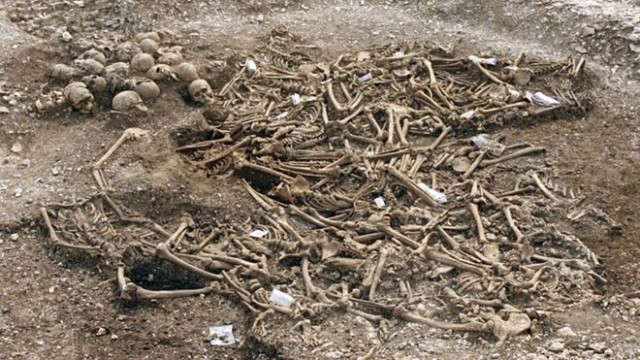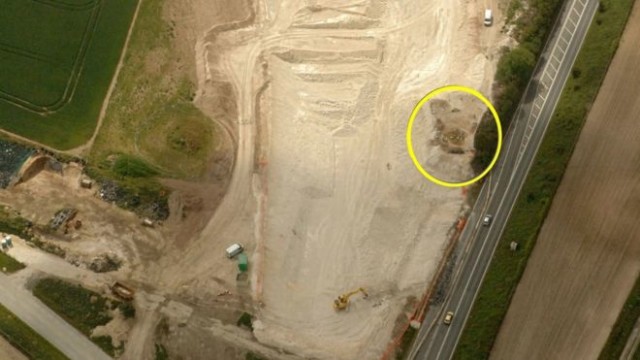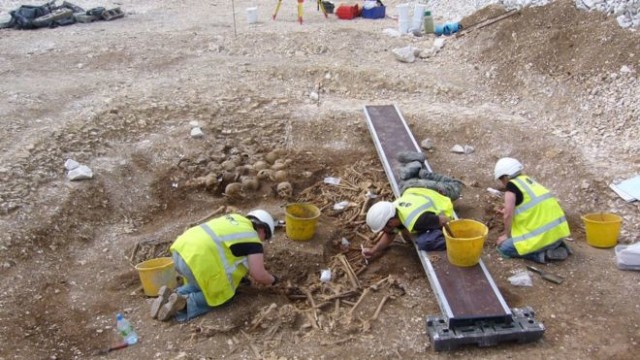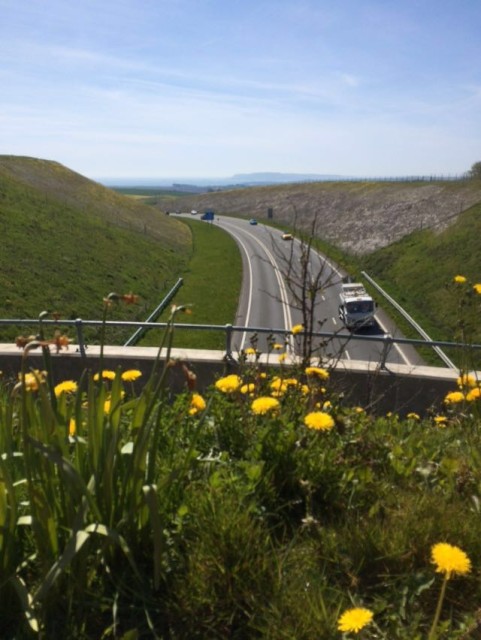It is thought that these are the skeletons of Vikings who had been forced to strip naked before being murdered at their graveside. There were no clothes present in the mass grave, and the remains show no evidence of battle.
In 2009, archaeologists discovered 54 dismembered skeletons piled up in an ancient Roman quarry near the coastal town of Weymouth in Dorset, England.
However, there is evidence that the men had been trying to defend themselves, with defence wounds showing on their skulls, hands, and arms. The injuries they sustained on their necks and shoulders also suggested that it had taken many blows for their murderers to finally detach their heads.

Thanks to radiocarbon dating, we can now determine that the bodies date back to between AD 910 and 1030. However, originally it was thought that the bodies were the result of executions conducted during the Roman conquest of Britain around AD 43.
The teeth from ten of the skeletons were analyzed by the NERC Isotope Geosciences Laboratory, and the results revealed that most of the men originated in Scandinavia and were likely to have eaten a protein-rich diet.
It is believed that the men were Vikings who were executed by Anglo Saxons, since it occurred at a time of conflict between the two. Through forensic analysis, we know that the average age of the men was between 18 and 25 years old, with only a few of the men exceeding this. This means the majority of the men were of fighting age and had all been killed away from home.

They had all been brutally murdered at the same time, with a sharp weapon such as a sword. One of the men even showed signs of having his hands sliced through after he presumably tried to protect himself against the swing of a sword.
The quarry pit is thought to be a formal burial spot where executions were conducted in front of an audience. It was also discovered that there were more bodies than there were skulls. This means a few of the heads may have been kept as souvenirs, or displayed victoriously on stakes. This suggests the skulls belonged to some high-ranking individuals within the group.

According to Oxford Archaeology, tests on the bones also showed that their upper bodies were very well developed, in the same way that a rower’s body would be. This indicates that they could have been the crew from a Viking ship.
There have been a few different theories about who the men were, and why they were in Weymouth. Initially, people thought that they could have been Anglo-Saxon men who had been killed by other Anglo-Saxon men or Vikings. This was before it was proven that the men came from Scandinavia.
Another suggestion was made in the National Geographic Documentary, Viking Apocalypse, where Dr. Britt Baille suggests that the executions could have been part of the St Brice’s Day Massacre. Another possibility is that the Viking men could have been killed by other Vikings for not doing their job properly.

The mass grave lay next to what used to be a main road and parish boundary in Anglo Saxon times. It wasn’t until 2009 that archaeologists from Oxford Archaeology decided to excavate along the route of a planned new A354 road in Weymouth. The road was an £87 million project, and its purpose was to improve access to the Isle of Portland and to Weymouth.
Another Article From Us: Neanderthal Woman’s Walk of Love 90,000 Years Ago Between two Caves 65 Miles Apart
Whilst this project is one of the most interesting archaeological finds in recent years, the road project caused an uproar amongst locals because it ran directly through a legally protected Area of Outstanding Natural Beauty.
